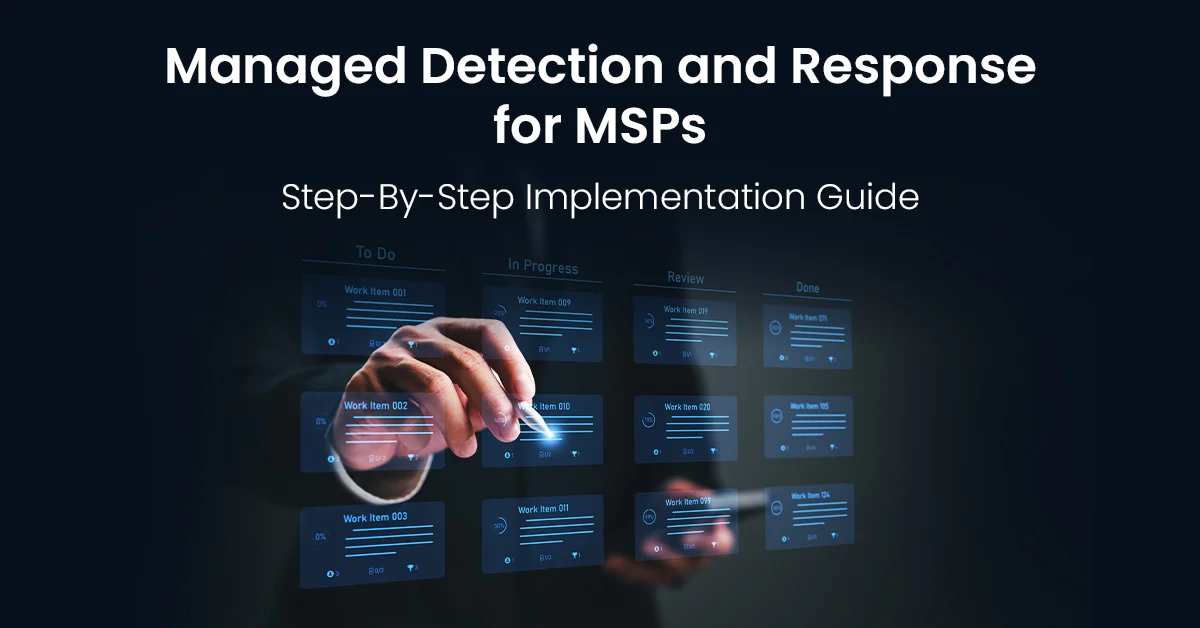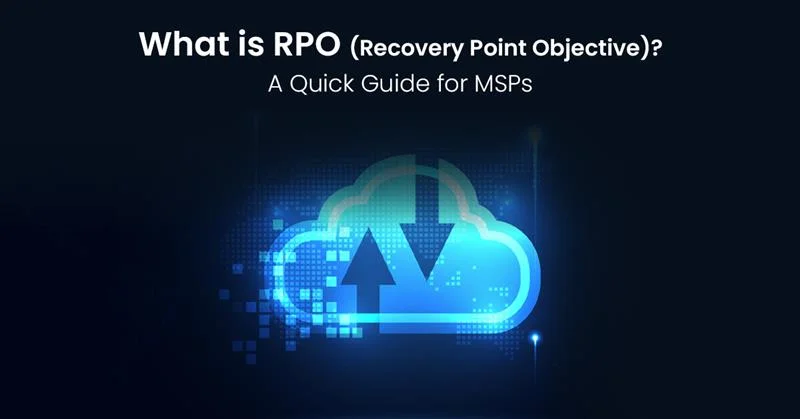Relentless demands, tight deadlines, and high-stakes projects are common when working in the technology channel. While this kind of environment can be exhilarating, it also puts employees at risk of experiencing burnout more quickly than those who work in other industries. The toll of prolonged stress and overwork is detrimental not only to individual workers, but to the overall success of an MSP business.
According to Slack’s 2023 Winter Snapshot, 42% of the workforce surveyed reported suffering from burnout—and that percentage is on the rise. To ensure the well-being of staff and maintain a productive work environment, here are six simple ways to proactively prevent worker fatigue and encourage engagement.
1. Create a Supportive Work Culture
An environment that prioritizes open communication, teamwork, and empathy is essential for keeping team members motivated and comfortable. Start by asking employees to share their challenges and concerns with leadership. The fear of judgment or repercussions commonly deters people from speaking up. To eliminate that issue, MSPs can introduce an anonymous suggestion box or set up an online employee forum.
Scheduling regular team meetings can also provide a platform for transparent discussions and help managers identify potential stressors. Remind leaders to actively listen to employees’ needs and ensure they have the necessary resources to address challenges. When team members feel heard and supported instead of judged and dismissed, they are more likely to be effective at handling professional stress.
2. Set Realistic Expectations
Unreasonable demands and constant pressure to meet impossible deadlines are major contributors to burnout. As a managed services provider, it’s crucial to set achievable goals that take into account the scope of work, available resources and team capacity. By regularly assessing project timelines and adjusting those deadlines as needed, everyone involved will benefit from a more well-paced and manageable schedule. Maintaining realistic expectations reduces the likelihood of overextending the team and enables them to deliver high-quality work without excessive stress.
3. Encourage Work-Life Balance
The line between a person’s professional responsibilities and their personal life can easily become blurred due to the 24/7 nature of many IT jobs. Encouraging a healthy work-life balance is a vital strategy in preventing burnout, especially for those key employees who frequently exceed their scheduled hours.
While it may sound tempting to allow team members to toil away as much as they’d like, it’s more beneficial to keep good people for years. Why lose good employees after six months or less because they suffer from a poor work-life balance?
Implementing policies that discourage after-hours projects (unless absolutely necessary for an emergency situation) is a clear way to broadcast to the entire organization that employee well-being is of utmost importance. In addition, promoting the use of vacation days and making sure employees feel comfortable taking time off without fearing negative repercussions helps ensure team members recharge and recuperate properly.
4. Provide Professional Development Opportunities
Because the IT channel is constantly evolving, providing access to training, workshops, and certifications not only enhances employees’ skills but also shows that their personal and professional growth is a priority. When workers feel like they’re continuously progressing in their careers, they’re more likely to remain engaged and motivated.
5. Implement Flexibility and Remote Work Options
The traditional 9-to-5 office setup might not always be the most conducive to efficient work, especially in the technology field where tasks can often be performed remotely. Consider offering flexible work hours or remote work options to give employees greater control over their schedules and reduce the stress of commuting back and forth. This flexibility enables individuals to better manage their personal commitments while fulfilling their professional responsibilities, all while fostering trust between team members and managers.
6. Recognize and Reward Contributions
Implementing programs that highlight outstanding achievements, innovative solutions, or a commitment to team success can bring colleagues together in a positive way. Whether it comes through public praise, bonuses, or other incentives, recognizing individual efforts boosts morale and reinforces a healthy work environment where contributions are truly valued.
When a person feels like they are an important part of the organization (regardless of their job title), they are more likely to recognize the early signs of burnout themselves and more quickly communicate with managers to find a solution.
Sustaining Team Vitality
Safeguarding against burnout is a proactive way to keep teams operating on all cylinders. Fostering a supportive work culture, encouraging work-life balance, providing professional development opportunities, and recognizing employee contributions are simple ways to prioritize mental well-being.
A healthy and motivated team is a great asset, capable of achieving remarkable results for the organization. MSPs operate in a dynamic environment, so avoiding work fatigue is paramount to sustained success.
Is burnout a concern at your company? If so, how is it being addressed? We’ve got insightful tips on leadership, motivation, and other team-building practices on our resources page, so check it out!








